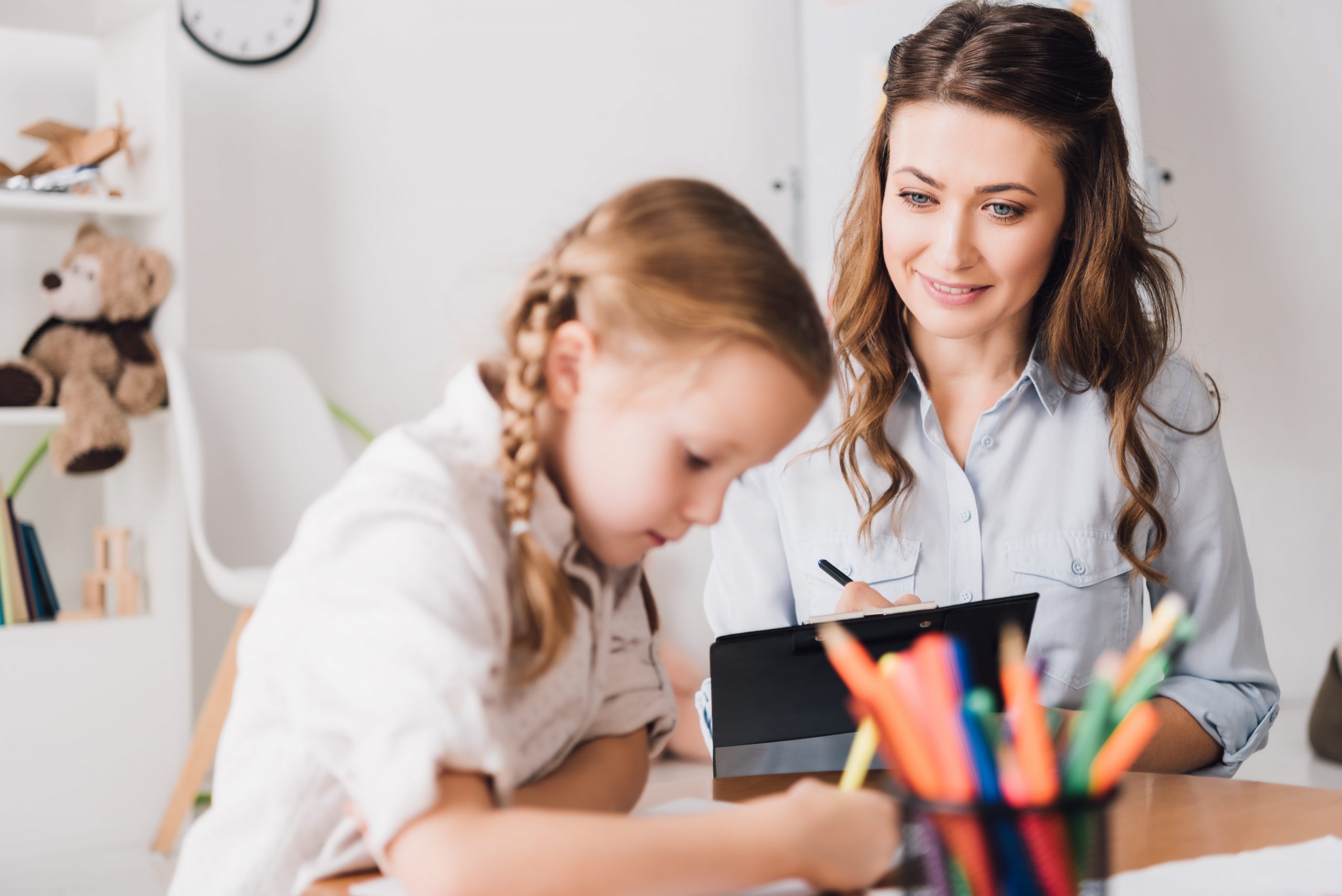Back to class: How autistic children are adapting
After months of disruption, children and parents in the UK have returned to school. Dealing with the transition from homeschooling to the classroom can be a challenge for kids, and this is especially pertinent where children with autism spectrum disorder (ASD) are concerned.
In this blog, we examine that challenges which children receiving autism treatment may face on their return to school, and offer some advice on how parents and schools can help to overcome them.
Preparing for return to the ‘school routine’
Summer holiday activities can be enjoyable for both parents and kids, offering a break from the norm and a chance to enjoy the company of family and friends. But in the context of the school routine, they can also be a form of disruption. This means that for autistic children, feelings of stress and anxiety can accompany coming back to class.
Thankfully there are a number of ways in which we can help children with autism to feel more relaxed and calm, using both cognitive and sensory approaches. Let’s look at these ways to support children and ease the transition back to class.
Try a social story
If you are pondering a way to map out the return to school for your child in a fun and engaging manner, how about putting together a social story on your computer, tablet or phone? You can do this using imagery and clips. This gives you the chance to talk through the different stages of the return, and gauge how your child might be feeling. It could start – “the summer holidays were so much fun, (add activities), next week it is time to go back to school, which could make me feel sad or anxious, but that is OK.” You could then continue to go through the journey to school, what is likely to happen on the first day, and the people your child is likely to meet (teachers, friends etc)
Switch up your activity options
The activities which you encourage your child to undertake outside school can help to address the negative feelings which they might associate with returning. This could include new types of exercises, such as ways to play ball games, jumping or climbing. Experiment with new ways to do the activities which they enjoy.

Discussing lockdown openly
Both parents and educational settings can help to manage rising anxiety in children with autism returning to school by talking openly with them about their experiences during the lockdown caused by the COVID-19 virus. The team around an autistic pupil can support them with weekly emotional wellbeing lessons, and offer de-briefings and check-ins for emotionally vulnerable children in the return to school.
Set out social distancing
The new social distancing measures in place at schools are going to be one of the most unfamiliar features for all children, including those with autism. This is another good opportunity to use a social story to outline the rules of social distancing, and give clear instructions on the way in which personal space shouldn’t be breached. Covering the rules and structure for break and lunchtime will be particularly useful, and children should expect to see, and adhere to, the many visual reminders which are placed around re-opening school sites.
Expect fatigue levels to rise
Children can become very tired during these kinds of transition periods, due to nervous energy or excitement. An early bedtime can help to address fatigue, as well as massage for relaxation and deep touch pressure exercises.
If you are looking for a child behaviour specialist in London then call us today on 0203 282 0566 to find out more.



